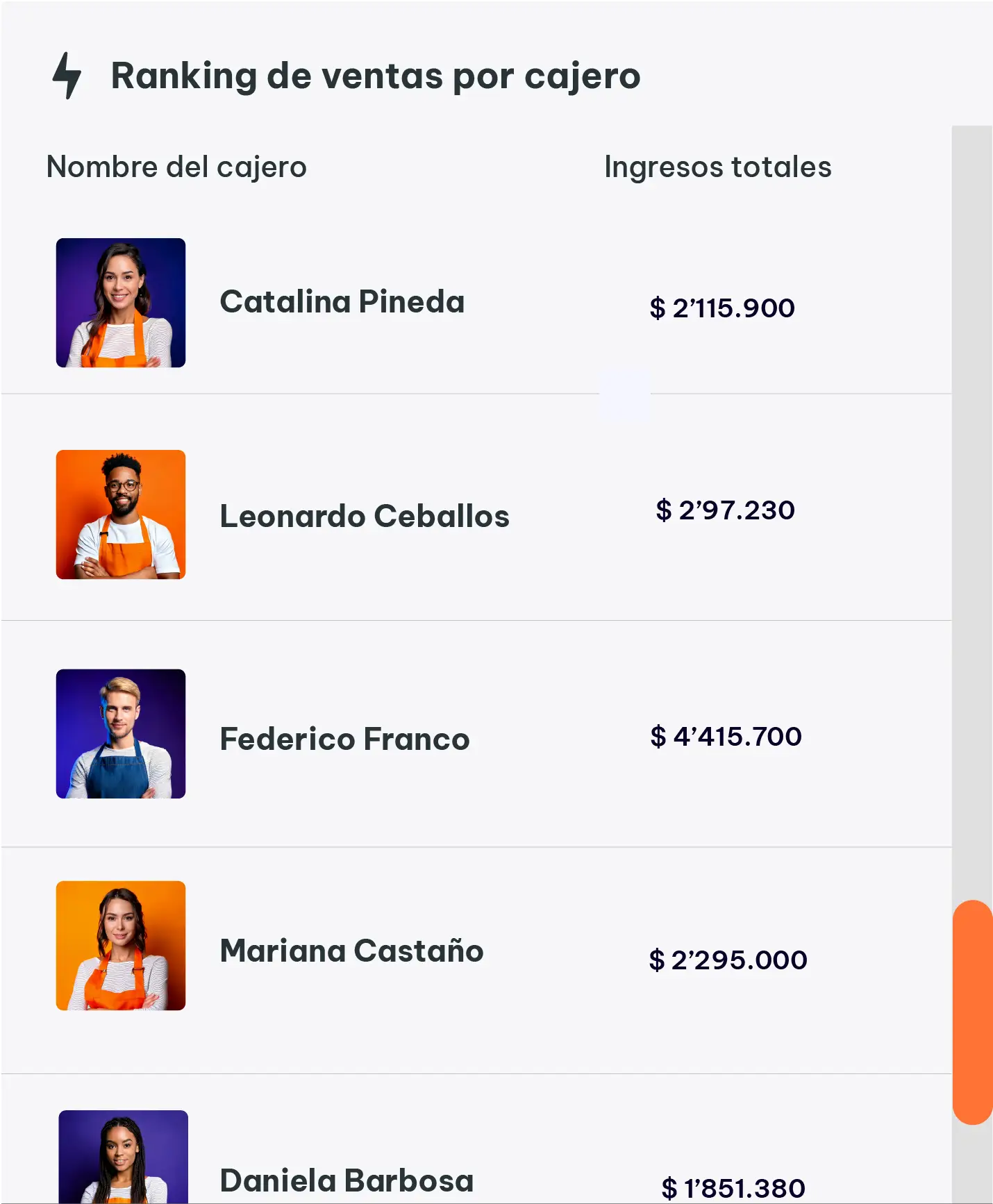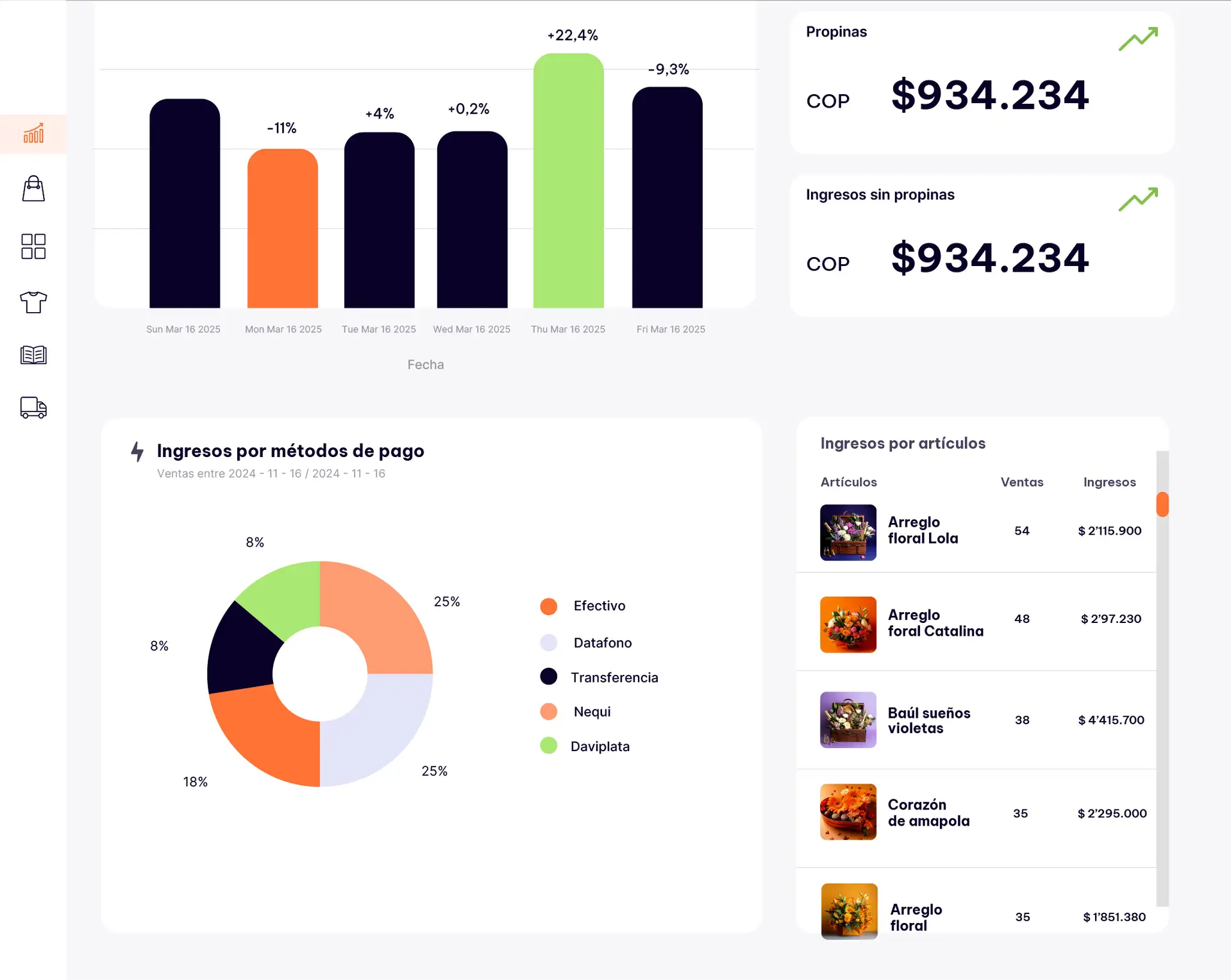Introduction: The Hidden Crisis Every Retailer Faces
Picture this: You’ve just celebrated your best sales month ever. Orders are flowing, your inventory is moving, and everything seems perfect. But then, as you dig deeper into the numbers, a chilling reality emerges. Despite all those sales, only 15% of your customers came back for a second purchase. The rest? They vanished into the digital ether, becoming one-time transactions in an endless sea of forgotten receipts.
This scenario isn’t fiction—it’s the harsh reality facing 80% of retail businesses today. In our hyper-connected, option-abundant world, customer acquisition has become an expensive game of musical chairs, where businesses pour resources into attracting new customers while watching their existing ones slip away, often to competitors who may not even offer better products or prices.
The truth that keeps successful retailers awake at night isn’t about finding new customers—it’s about keeping the ones they already have. Research consistently shows that acquiring a new customer costs five to seven times more than retaining an existing one. Yet, most small and medium retailers spend 90% of their marketing budget on acquisition and only 10% on retention. This imbalance isn’t just inefficient; it’s a recipe for business stagnation.
What separates thriving retailers from struggling ones isn’t their ability to make a sale—it’s their capacity to build what I call a “customer loyalty engine.” This isn’t about generic points programs or discount coupons that every business offers. It’s about creating a systematic approach to customer retention that makes your business irreplaceable in your customers’ lives.
A true customer loyalty engine operates like a well-oiled machine, automatically nurturing relationships, creating emotional connections, and generating predictable repeat revenue. It transforms your business from a vendor into a valued partner in your customers’ journey. When built correctly, this engine doesn’t just retain customers—it turns them into passionate advocates who actively promote your business to their networks.
The challenge isn’t understanding why customer loyalty matters—most retailers intuitively know this. The challenge lies in building a loyalty system that works consistently, scales with your business, and creates genuine value for both you and your customers. Too many retailers fall into the trap of implementing generic loyalty programs that feel forced, impersonal, and ultimately ineffective.
1. Understanding the Psychology Behind Customer Loyalty
Before diving into tactics and tools, successful retailers must first understand what truly drives customer loyalty. It’s not what most people think. Contrary to popular belief, customer loyalty isn’t primarily driven by discounts, points, or even product quality alone. The foundation of lasting customer loyalty lies in understanding and addressing the psychological triggers that make customers feel valued, understood, and emotionally connected to your brand.
The first psychological principle every retailer must grasp is the concept of reciprocity. When customers feel they’ve received unexpected value—whether through personalized service, helpful advice, or solutions to problems they didn’t even know they had—they develop a psychological obligation to reciprocate. This isn’t about manipulation; it’s about creating genuine value that extends beyond the transaction itself.
Consider how Amazon built customer loyalty not through discounts, but by consistently solving problems customers didn’t even articulate. Fast shipping, easy returns, personalized recommendations—these aren’t features; they’re solutions to friction points in the customer journey. Each positive interaction creates what psychologists call “loyalty deposits” in the customer’s mental account of your brand.
The second critical psychological driver is social proof and belonging. Customers don’t just buy products; they buy into identities and communities. When you can make customers feel like they’re part of something larger than themselves—whether it’s an exclusive group, a movement, or a community of like-minded individuals—you tap into their fundamental need for belonging and social validation.
Understanding customer psychology also means recognizing the power of consistency and predictability. Humans are wired to appreciate reliable experiences. When customers know what to expect from your business—and you consistently deliver on those expectations—you reduce their cognitive load and decision fatigue. This psychological comfort becomes a powerful retention tool.
Practical Exercise: Conduct a “Loyalty Psychology Audit” of your current customer interactions. For one week, document every customer touchpoint and ask: “What psychological need does this interaction fulfill?” Identify gaps where you could better address needs for recognition, belonging, or problem-solving. Create a simple action plan to address the top three gaps you discover.
2. Designing Your Customer Data Architecture
Your customer loyalty engine’s effectiveness depends entirely on the quality and accessibility of your customer data. Think of customer data as the fuel that powers every aspect of your loyalty system. Without proper data architecture, even the most well-intentioned loyalty efforts become generic, impersonal, and ultimately ineffective.
The foundation of effective customer data architecture starts with comprehensive data collection that goes beyond basic transaction information. While purchase history is important, true loyalty insights come from understanding customer preferences, communication patterns, seasonal behaviors, and interaction preferences across all touchpoints. This includes tracking how customers discover your business, what influences their purchasing decisions, and how they prefer to receive communications.
Creating a unified customer profile requires integrating data from multiple sources: your point-of-sale system, website analytics, social media interactions, email engagement, customer service interactions, and any other touchpoints where customers interact with your brand. Many small retailers make the mistake of treating these as separate data silos, missing the opportunity to create a complete picture of each customer’s journey and preferences.
The key to actionable customer data lies in segmentation that goes beyond demographics. Behavioral segmentation—grouping customers based on their actions, preferences, and engagement patterns—provides much more valuable insights for loyalty building. Consider segmenting customers by purchase frequency, average order value, product categories they prefer, seasonal shopping patterns, and communication responsiveness.
Data privacy and security aren’t just legal requirements; they’re trust-building opportunities. When customers understand how you’re using their data to improve their experience, and when you demonstrate responsible data handling, you actually strengthen the loyalty relationship. Transparency about data usage and clear value exchange help customers feel comfortable sharing information that makes their experience better.
Automation plays a crucial role in making customer data actionable. Simple automation rules can trigger personalized communications, product recommendations, or special offers based on customer behavior patterns. However, automation should feel personal, not robotic. The goal is to use data to create more human, relevant interactions, not to replace human connection with generic automated messages.
Practical Exercise: Create a “Customer Data Map” for your business. List every point where you currently collect customer information, then identify three additional data points that would help you better serve customers. Design a simple system to capture this information naturally during customer interactions, ensuring it adds value to the customer experience rather than creating friction.
3. Creating Personalized Customer Journeys
Generic customer experiences are the enemy of loyalty. In today’s market, customers expect interactions that feel tailored to their specific needs, preferences, and history with your business. Creating personalized customer journeys isn’t about having the most sophisticated technology; it’s about understanding your customers well enough to anticipate their needs and deliver relevant experiences at the right moments.
The foundation of personalized customer journeys lies in mapping the different paths customers take when interacting with your business. Not all customers are the same, and their journeys shouldn’t be either. Some customers are researchers who want detailed information before making decisions. Others are impulse buyers who respond to immediate opportunities. Some prefer self-service options, while others value personal consultation and guidance.
Effective personalization starts with identifying key moments in the customer lifecycle where personalized attention has the highest impact. These include the first purchase experience, the period immediately following purchase, milestone moments (like anniversaries or birthdays), and potential churn indicators (like decreased engagement or extended time between purchases). Each of these moments presents an opportunity to strengthen the loyalty relationship through relevant, timely interactions.
The content and communication you provide should align with where customers are in their journey with your business. New customers need education, reassurance, and guidance. Returning customers might appreciate exclusive access, advanced tips, or complementary product suggestions. Your most loyal customers often respond well to being treated as partners or insiders, with early access to new products or input on business decisions.
Channel preference personalization is equally important. Some customers prefer email communications, others respond better to text messages, and some prefer social media interactions. The key is asking customers about their preferences and then honoring those preferences consistently. This seemingly simple approach can dramatically improve engagement rates and customer satisfaction.
Technology can amplify personalization efforts, but it shouldn’t replace human judgment and intuition. Use tools and systems to identify opportunities for personalized interactions, but ensure that the actual personalization feels authentic and valuable. Customers can quickly detect when personalization is superficial or manipulative, which can actually damage loyalty rather than building it.
Practical Exercise: Choose three of your best customers and map their complete journey with your business, from first contact to most recent interaction. Identify missed opportunities for personalization in each journey. Then, design a personalized follow-up interaction for each customer that demonstrates your understanding of their specific needs and preferences. Implement these interactions and track the responses to refine your approach.
4. Building Emotional Connection Through Value-Added Services
Transactional relationships are fragile and easily replaceable. Emotional connections, however, create lasting loyalty that transcends price comparisons and competitive pressures. Building emotional connections requires moving beyond the basic product-for-money exchange to create experiences and services that make customers’ lives genuinely better in ways they couldn’t achieve elsewhere.
Value-added services are the bridge between transactions and relationships. These services shouldn’t feel like add-ons or upsells; they should feel like natural extensions of your core offering that demonstrate your commitment to customer success. The most effective value-added services solve problems that customers face beyond their immediate purchase, positioning your business as a comprehensive solution provider rather than just another vendor.
Educational content and expertise sharing create powerful emotional connections. When you help customers succeed with their purchases, understand how to get maximum value from their investments, or solve related problems they’re facing, you become more than a supplier—you become a trusted advisor. This expertise doesn’t always have to be product-specific; it can relate to any area where your knowledge and experience can genuinely help your customers.
Community building through shared experiences creates emotional bonds that extend beyond individual customer relationships. This might involve hosting events, creating online groups, facilitating customer-to-customer connections, or organizing activities that bring customers together around shared interests or goals. When customers form relationships with each other through your business, they become invested in the community you’ve created.
Surprise and delight moments create lasting emotional memories that customers associate with your brand. These don’t have to be expensive or elaborate; they need to be unexpected and personally relevant. A handwritten note, a small gift that shows you remember their preferences, or going out of your way to solve a problem they weren’t expecting you to address can create emotional impact far beyond the actual cost or effort involved.
The timing and context of value-added services significantly impact their emotional resonance. Services delivered when customers are struggling, celebrating, or facing important decisions carry much more emotional weight than those delivered during routine interactions. Pay attention to the natural rhythms and cycles in your customers’ lives and businesses, and look for opportunities to provide meaningful support during significant moments.
Practical Exercise: Identify the top three challenges your customers face that extend beyond your core product or service. Design one value-added service that addresses each challenge, ensuring each service is something you can deliver consistently and authentically. Test these services with a small group of loyal customers, gather feedback, and refine your approach before rolling out more broadly.
5. Measuring and Optimizing Your Loyalty Engine
A customer loyalty engine without proper measurement is like driving blindfolded—you might be moving, but you have no idea if you’re heading in the right direction. Effective measurement goes beyond tracking basic metrics like repeat purchase rates or average order values. It requires understanding the leading indicators that predict loyalty behavior and the qualitative factors that drive emotional connection.
The most important metrics for loyalty measurement are often behavioral rather than financial. Customer engagement patterns, communication responsiveness, referral activity, and feedback participation often predict future loyalty behavior better than past purchase amounts. These leading indicators allow you to identify loyalty trends before they show up in revenue numbers, giving you time to adjust your approach proactively.
Lifetime value calculations become crucial for understanding the true impact of your loyalty efforts. However, calculating lifetime value requires thinking beyond historical data to include predictive elements based on customer behavior patterns, engagement levels, and loyalty indicators. Customers with high engagement but lower current spending might have higher future lifetime value than customers with higher current spending but declining engagement.
Qualitative feedback provides insights that numbers alone cannot reveal. Regular customer surveys, informal conversations, and social media sentiment analysis help you understand not just what customers are doing, but why they’re doing it and how they feel about their experiences with your business. This emotional and motivational data is crucial for optimizing the psychological aspects of your loyalty engine.
Cohort analysis reveals patterns in customer loyalty that aggregate metrics might obscure. By tracking groups of customers who started their relationship with your business during the same time period, you can identify the impact of changes to your loyalty approach and understand how different customer segments respond to various loyalty initiatives.
Testing and optimization should be ongoing processes rather than one-time activities. The most effective loyalty engines continuously evolve based on customer feedback, behavior changes, and market conditions. Simple A/B tests on communication content, timing, and channels can reveal significant opportunities for improvement without requiring major system overhauls.
Documentation and knowledge management ensure that insights gained from measurement and optimization efforts aren’t lost when team members change or time passes. Creating systems to capture, organize, and apply learnings from your loyalty engine measurement helps your business continuously improve its approach to customer retention and relationship building.
Practical Exercise: Design a simple loyalty dashboard that tracks five key metrics: customer retention rate, average time between purchases, referral rate, engagement rate with your communications, and customer satisfaction score. Set up systems to track these metrics monthly, and establish targets for improvement. Create a quarterly review process to analyze trends and adjust your loyalty strategies based on what the data reveals.
Final Reflection: Your Loyalty Engine is Your Competitive Moat
As we reach the end of this comprehensive guide, it’s important to recognize that building a customer loyalty engine isn’t just another marketing tactic—it’s fundamental business infrastructure that determines your long-term viability and success. In an increasingly commoditized marketplace where products can be copied and prices can be undercut, your relationships with customers become your most defendable competitive advantage.
The journey of building an effective loyalty engine requires patience, consistency, and genuine commitment to customer success. Unlike advertising campaigns or promotional tactics that deliver quick but temporary results, loyalty building is an investment that compounds over time. The customers you serve exceptionally well today become the foundation of your business stability and growth for years to come.
Many retailers hesitate to invest seriously in customer loyalty because the results aren’t immediately visible on monthly sales reports. This short-term thinking is precisely what creates opportunity for businesses willing to take a longer view. While your competitors chase new customers with expensive acquisition campaigns, your loyalty engine quietly builds an asset that becomes more valuable and more difficult to replicate with each passing month.
The economic benefits of a well-functioning loyalty engine extend far beyond repeat purchases. Loyal customers provide more predictable revenue, reducing the volatility that kills many retail businesses during economic downturns or seasonal fluctuations. They cost less to serve because they understand your processes and trust your recommendations. They provide valuable feedback that helps you improve your offerings and identify new opportunities. Most importantly, they become active promoters of your business, providing organic growth that no advertising budget can match.
But perhaps the most compelling reason to build a customer loyalty engine is the transformation it creates in your own relationship with your business. When you focus on creating genuine value and building authentic relationships with customers, work becomes more meaningful and fulfilling. You’re not just processing transactions; you’re solving problems, creating joy, and building something that matters in people’s lives.
The strategies outlined in this guide aren’t theoretical concepts—they’re practical approaches that thousands of successful retailers have used to build thriving, resilient businesses. The psychology principles, data architecture, personalization techniques, value-added services, and measurement approaches we’ve discussed have been tested in real-world conditions by businesses facing the same challenges you face.
Your customer loyalty engine doesn’t need to be perfect before you start. In fact, perfection is the enemy of progress when it comes to loyalty building. Start with the basics: understand your customers better, communicate more personally, provide genuine value beyond your core products, and measure what matters. As you build momentum and see results, you can refine and expand your approach.
The retailers who will thrive in the coming years aren’t necessarily those with the best products or the lowest prices—they’re the ones who build the strongest relationships with their customers. Your loyalty engine is how you build those relationships systematically, sustainably, and profitably. The question isn’t whether you can afford to invest in customer loyalty; it’s whether you can afford not to.





